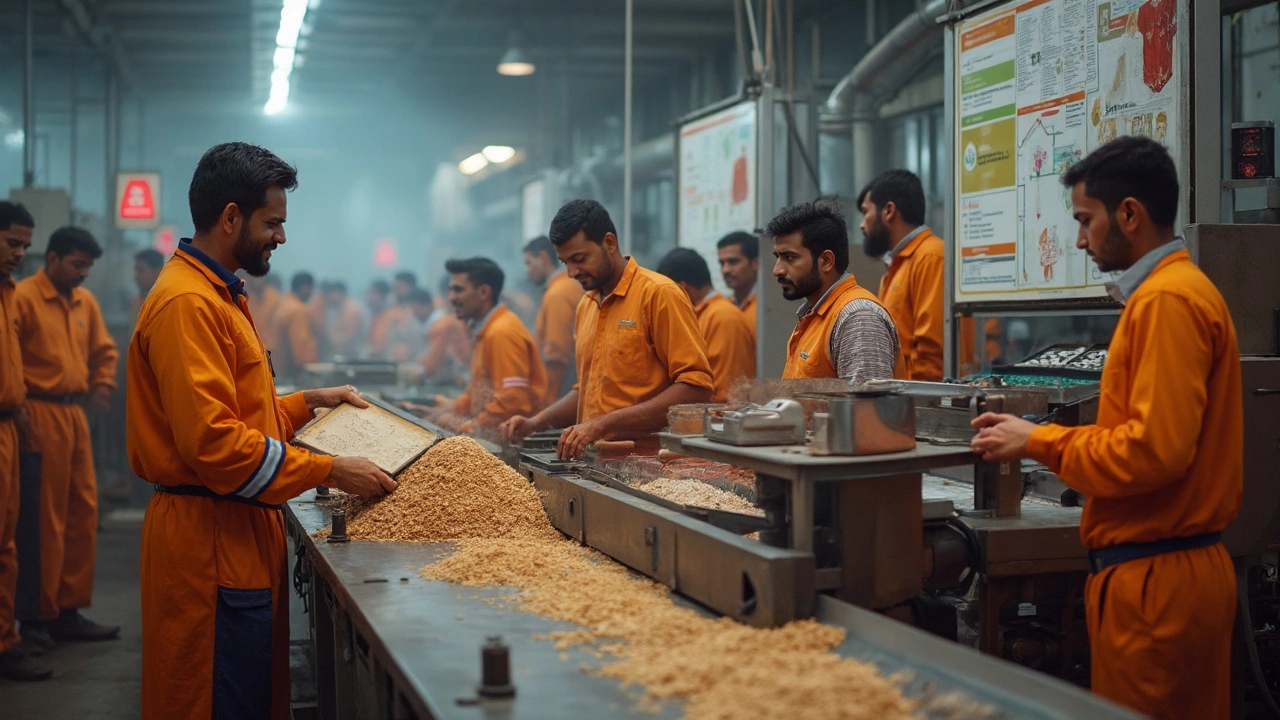Manufacturing Basics: What Every Producer Should Know
Wondering how factories turn raw material into finished products? It all starts with a few simple ideas. Get the basics, avoid common pitfalls, and boost efficiency without a fancy degree.
Core Steps in Any Production Line
First, you need a clear product design. Sketch it, list every part, and decide which material works best. Next, map out the process flow: raw material → machining → assembly → testing → packaging. Seeing every step on paper helps you spot bottlenecks before they cost you time.
Second, set up workstations that match the flow. Keep tools close, organize parts in the order they’re used, and train operators on one‑piece flow. When a worker can finish a unit without walking back and forth, you shave minutes off each cycle.
Third, track key metrics. Cycle time tells you how long a unit takes, while yield shows how many pass quality without rework. If yield drops, investigate the previous step – a small mistake can ripple through the whole line.
Lean Manufacturing: Cutting the 7 Wastes
Lean isn’t a buzzword; it’s a set of habits that keep waste low. The classic “7 wastes” are overproduction, waiting, transport, extra processing, inventory, motion, and defects. Spotting them is easier than you think.
For example, overproduction shows up when you stock more parts than the next step can handle. The result? Cluttered floors and higher holding costs. Fix it by pulling work only when the downstream station signals a need.
Waiting appears when machines sit idle because a tool is missing or a decision is delayed. A quick visual board that flags missing tools can cut waiting time dramatically.
Extra processing often means adding steps that don’t add value – like polishing a surface that later gets painted over. Challenge every operation: does the customer really see or need it?
Defects are the most expensive waste. A simple mistake forces rework, scrap, or warranty claims. Empower operators to stop the line at the first sign of a defect and fix it immediately. This “stop‑and‑fix” mindset reduces hidden costs.
Implementing these lean habits doesn’t need a big budget. Start with a daily 15‑minute walk‑through, write down any waste you see, and assign a small team to test a fix. Small wins add up fast.
Whether you run a tiny workshop or a large plant, the basics stay the same: clear design, smooth flow, and constant waste hunting. Keep these principles in mind, and you’ll see faster output, happier customers, and healthier margins.

5 M's of Manufacturing: Core Pillars That Power Production
This article breaks down the 5 M's of manufacturing—Man, Machine, Material, Method, and Measurement—and explains their real-life impact on production, especially in the context of government-backed schemes. Get clear tips on how each M shapes manufacturing success and why they matter for both big factories and small units. Learn how these five elements are used to spot problems and boost efficiency. If you're trying to understand how production works or how to tap into government schemes, this guide gives you the building blocks you need. Spot common pitfalls and discover smart ways to keep your manufacturing process running smoothly.
